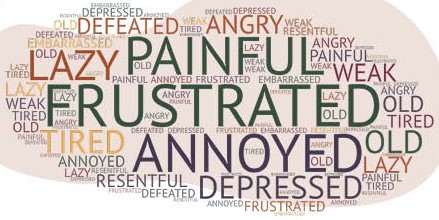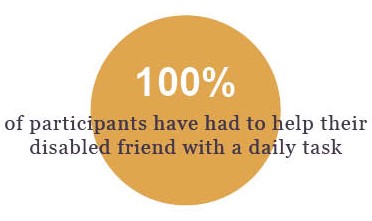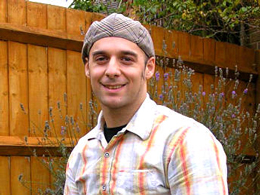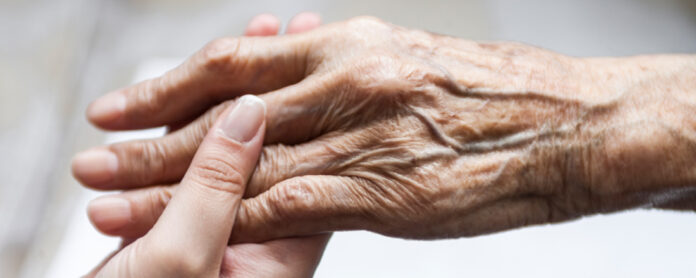Try this quick experiment: attempt to count how many times in a single day you use your hands to accomplish precise tasks. Count how many times you grip a pen, hold a heavy shopping bag, zip up your jacket, or turn a key. Now, imagine you have lost the ability to use your hands as you normally do. Would you be as productive throughout your day? Would you be as confident in your capabilities, or your ability to live independently? What happens when you cannot open your medicine bottle anymore, or just can’t seem to steadily hold on to your fork? From arthritis and neuropathy, to autism and permanent injury, the loss of hand function can have disastrous effects on anyone who suffers from it.
Most, if not all, of Activities of Daily Living (ADLs) require the use of a person’s hands. ADLs are the general tasks that a person must be able to accomplish alone in order to be considered an independent individual. These include but are not limited to eating, getting dressed or undressed, and using the restroom. As many elders can attest, these activities become infinitely more difficult when hand use is limited. Not only does the loss of independence cause physical struggle frustration in the lives of those affected, but it also causes a certain level of insecurity and self-consciousness that can be permanently detrimental to a person’s self-esteem.
However, creativity and the human nature of persistence and determination has resulted in many homemade solutions that disabled people can use to operate in an inaccessible world. They use DIY methods and roundabout approaches in response to products that simply do not accommodate their needs. As an example, Glen Hougan, a designer from Nova Scotia, spent time with disabled elders in order to observe some of their unconventional tools used to solve everyday problems. He found that they used ordinary items, like stockings and clay, to augment things that they could not properly use on their own. These simple innovations are certainly inspirational, but they also reveal a deeper problem with the way we design our world.

This example also displays the fact that not all innovations in this area must be an extreme or expensive deviation from the norm. Many applications of accessibility can be slight changes or modifications that can greatly increase a disabled person’s ease of living. Tatsuo Ishibashi, an industrial designer from Japan, uses 3D printing to create small but effective tools that impaired people can use to support their hands during everyday tasks. His products are dignified and modern, using current technology to address long overlooked problems. These are the kinds of products that can bring the disabled community back into the public eye and give them the confidence to function independently in a largely ableist world.
Elise Roy is a deaf lawyer and advocate for the rights of disabled people. She stands by a strong and unique belief that if we designed all things to be accessible to disabled people, we would not only help to bring their quality of life incredibly higher, but also the quality of all human life. We as humans have many preconceived notions about the way things should be. This includes what a fork should look like, or how a door is supposed to be opened. When we design for a user that completely contradicts these supposedly concrete ideas, we are forced to think so wildly out of the box that we start to reshape our concept of normality altogether.


In a survey of disabled participants and their acquaintances, I found that participants often required help from those around them, and there is an overwhelming feeling of frustration and sadness associated with their current situation. What if we designed a world where those with different abilities were not disadvantaged and constantly trying to catch up, but rather felt included and equally able to experience life just like everyone else? Not only would we raise the quality of life for these often overlooked people, but we would also learn so much from their experience and find a new appreciation for those who are different from us.
Current technology surrounding the needs of those with hand impairments includes therapy methods to help reverse their ailments, tools to augment other inaccessible products, and expensive and often demeaning products that make the user feel decrepit and embarrassed, simply by the product’s design and marketing. In fact, despite the rapidly rising global population of elders, advertising almost completely excludes elders in all campaigns, making older consumers feel ostracized and confined to a select group of products only advertised on Retro Television Network. The changes that need to happen in this aspect are twofold. First, newer products must be inclusive and accessible in their function and marketing to the older market. And second, products marketed towards elders must be upgraded and redesigned so that their elder users can regain their dignity while accomplishing daily tasks.

Including disabled people in the design process is imperative to a successful product and business. Leaving out the input of the most important stakeholders is a surprisingly common pitfall when providing products and services for the disabled. Many designers assume that they understand the needs and requirements of this minority, and consequently create products that do not solve the real issues that they deal with. The examples of successful businesses either led or strongly supported by someone who is disabled themselves shows that their input is invaluable. Rob Smith, creator of Active Hands, found that his own innovations for his disabilities were applicable to others with his same struggles, and his business flourished. As designers, we must listen to and learn from those who are the true experts within our problem space. If we don’t, we are bound to make foolish mistakes based on our own assumptions.
In summary, the growing population of elderly consumers is a market that calls for innovation. We must help to raise the quality of life and emotional wellbeing for those who are often overlooked by designers and society alike. Including accessibility as a necessary quality of good design should become natural to all designers. This also involves the marketing and advertising side of business, as well as the entire process of design. There is a need for products that do not necessarily follow the “normal” form, but establish a new normal that is inclusive and usable for a rising elderly populace. These new forms must be respectful and refined, careful to address the fact that those with impairments are equal to all other people and deserve the same kind of care and understanding that a designer would give to any other project.




